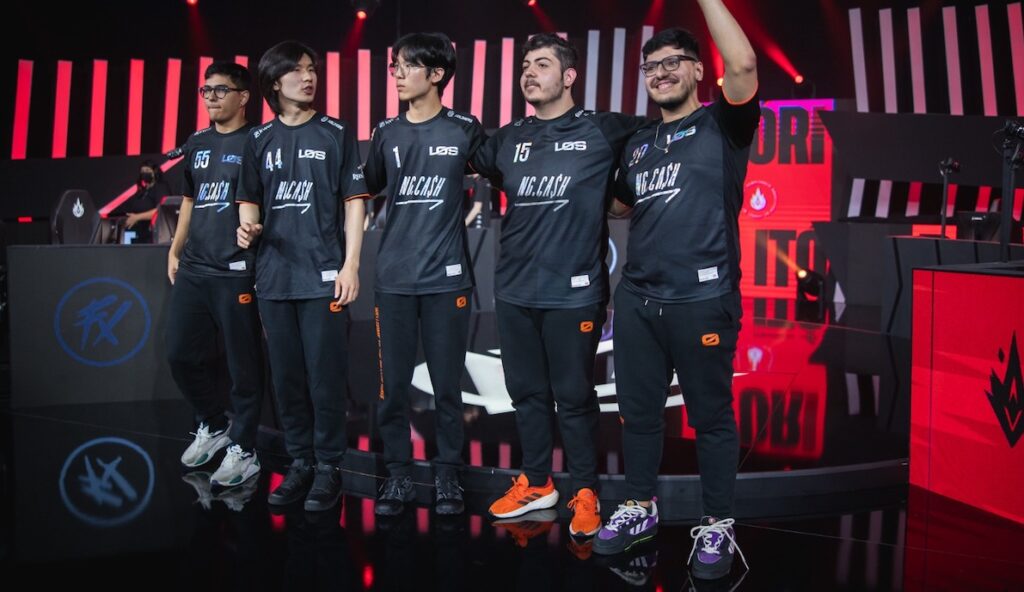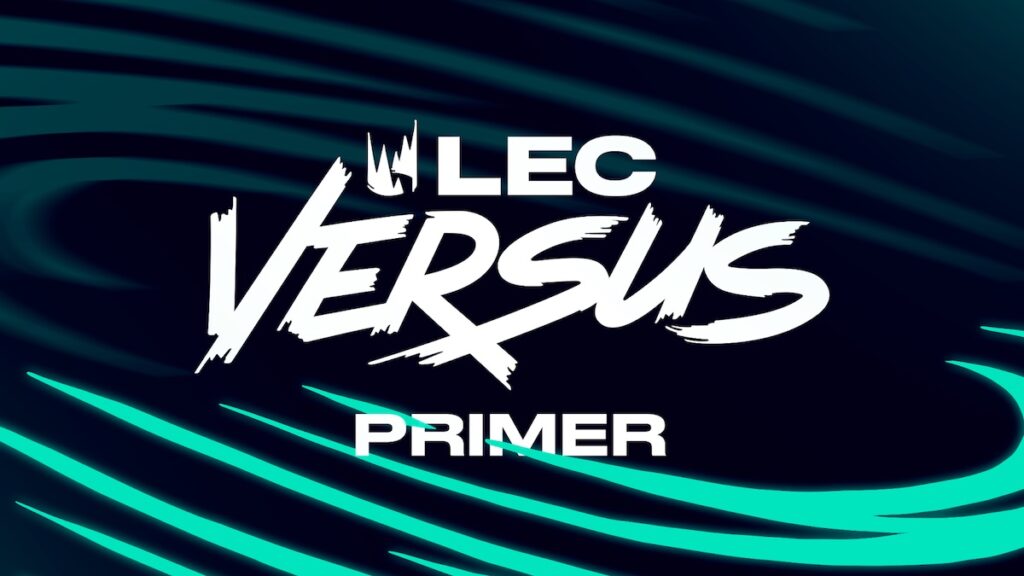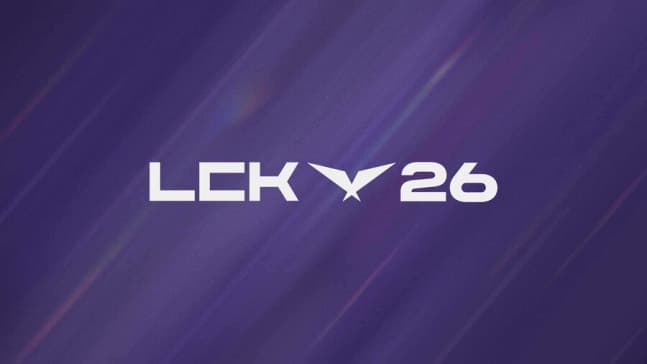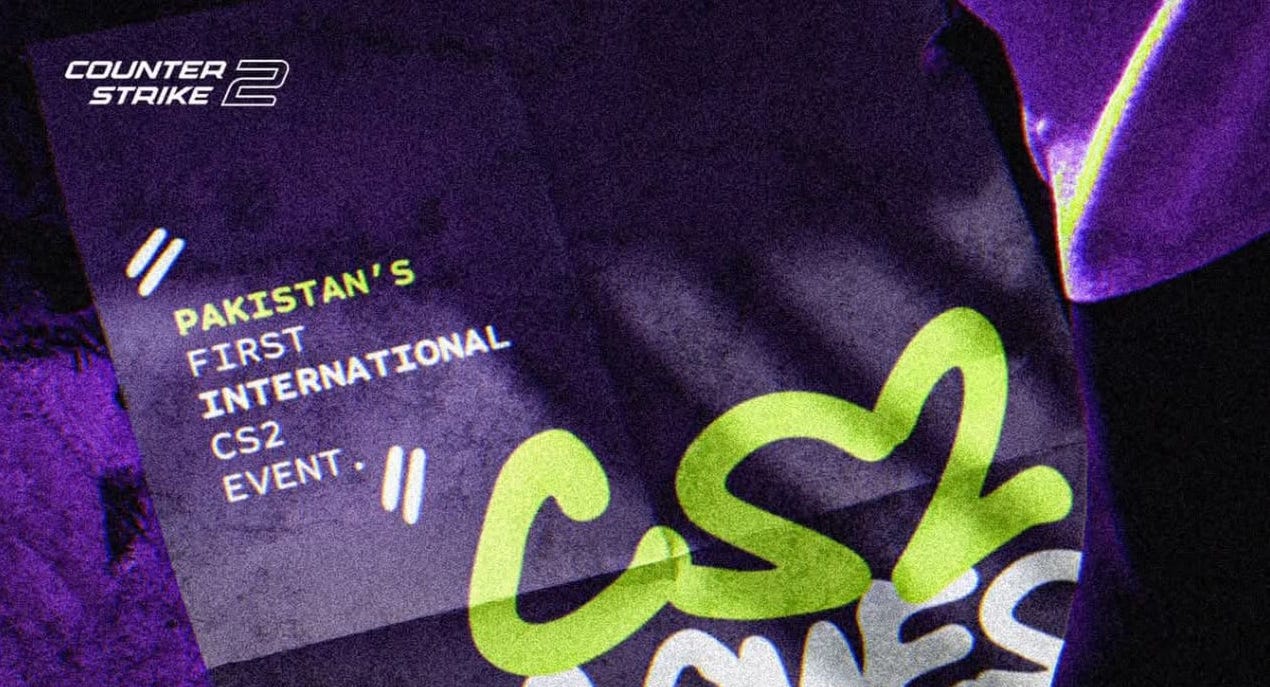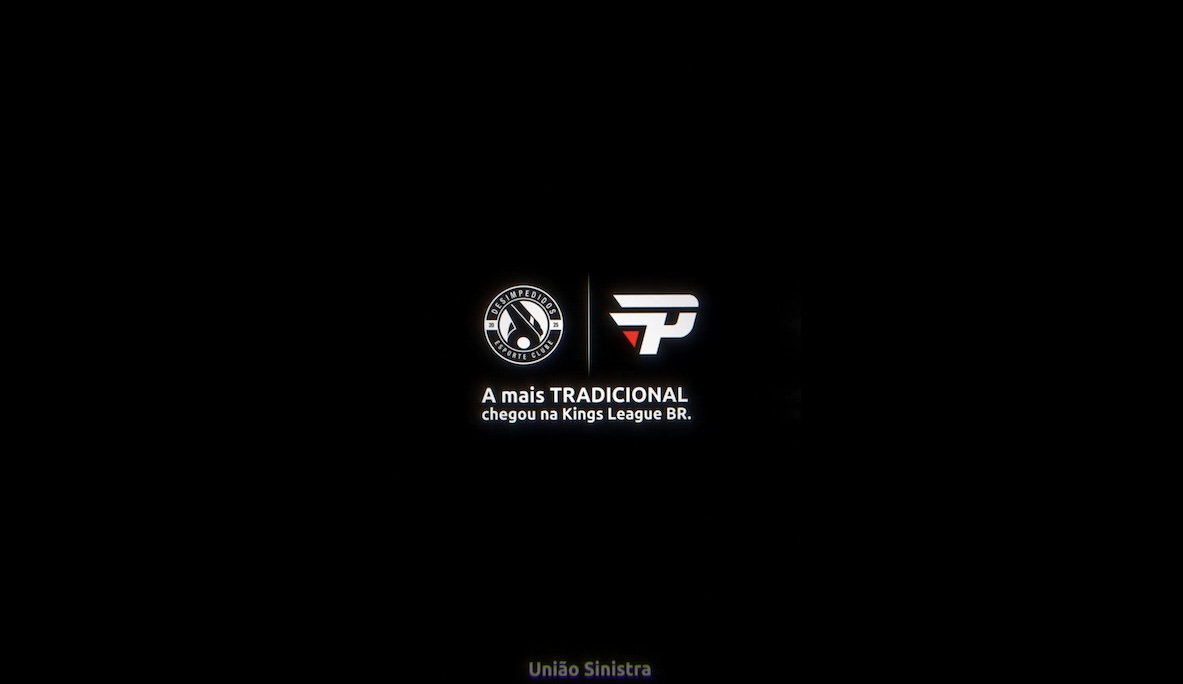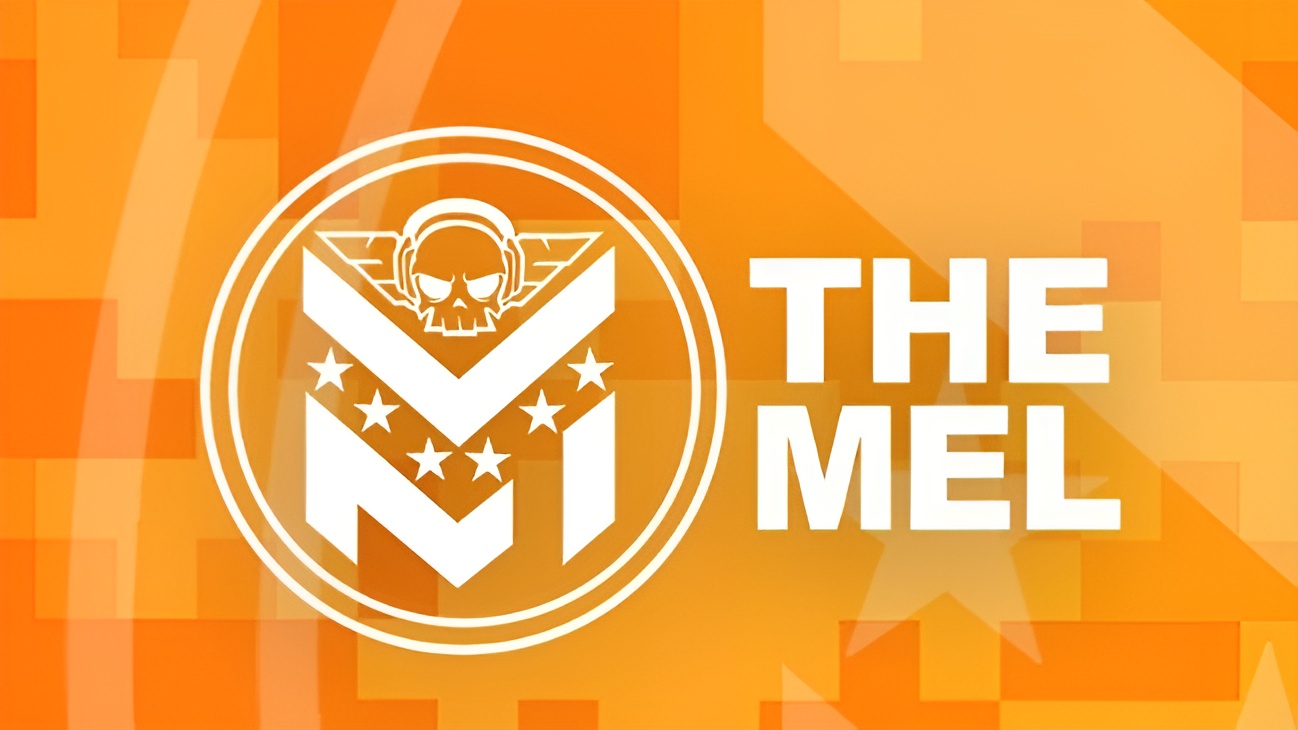The Counter-Strike 2 (CS2) skins market, often described as a digital commodities exchange for gamers, just witnessed one of its worst crashes in history. Within hours of Valve’s latest update, an estimated $1.7 to $2 billion in market value was erased which means a 30–36% decline from a roughly $6 billion capitalization to about $4–4.6 billion.
This is just six months after the community celebrated record-breaking numbers.
Valve’s patch dropped early Friday with a shocking new feature that fundamentally restructured CS2’s economy. This new feature enabled a new trade-up contract for Covert-rarity (red-tier) skins.
Read more: EWC 2026 confirms 32 teams and $2 Million prize pool for CS2
Players can now trade up five Covert skins from the same collection to receive a guaranteed Knife or Gloves skin from that collection. Previously, knives and gloves were ultra-rare, case-exclusive drops, valued between $500 and $5,000+ due to extreme scarcity and pure luck-based acquisition. So the only way to get these two ultra rare items was either opening a ton of cases or by directly purchasing it from the market.
However, with the latest update, Valve added a third option that turned what was once a high-stakes lottery into an endless easy supply that crashed the entire CS2 skins market. In simple words, you can now print knives if you’ve got the red skins. Everyone who thought they were holding something rare just got wiped.
Market Impact Breakdown
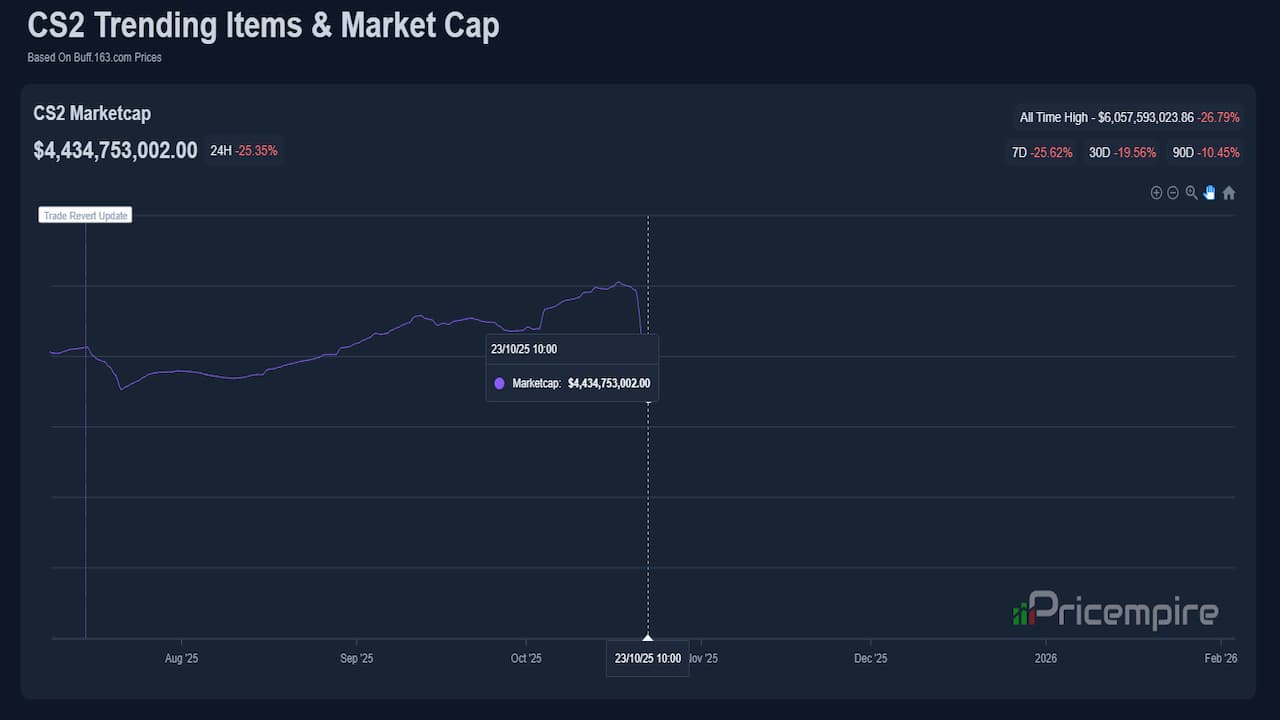
| Item Type | Pre-Update Price Range (USD) | Post-Update Drop |
|---|---|---|
| Knives | $500–$5,000+ | 50–80% |
| Gloves | $300–$3,000+ | 40–70% |
| Covert (Red) Skins | $50–$500 | +10–20x |
| Overall Market Cap | ~$6B | -30% (~$2B loss) |
The unexpected winners were those holding bulk red skins. With the new mechanic, demand for Covert-tier items skyrocketed, with some prices jumping 10–20x.
However, knife and glove holders took the heaviest losses. Some high-profile investors even reported that their $100,000 portfolio fell by more than half before the market stabilized. Streamers and collectors who flaunted expensive inventories on social media were hit especially hard. Results of that at the CS2 community content creation and esports market, which heavily relies on sponsorships from skins marketplaces, are still to be observed.




